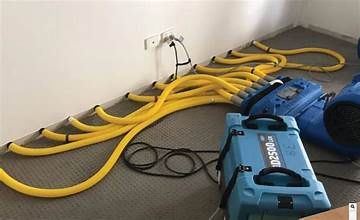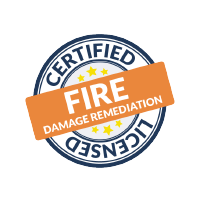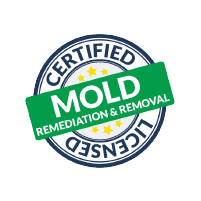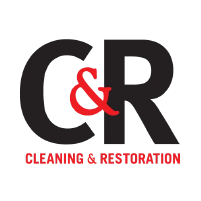When a pipe bursts in a bathroom or kitchen, water will find it’s way into cabinets, flooring and walls. These building materials will quickly absorb moisture, which will need to be removed. Even today, many restorers will use demo as a first line of defense rather than attempting to dry materials in place. In the industry accepted method on a typical water loss, the restorer would remove the cabinets, and perform a 2-4 ft flood cut on the wall behind the cabinets. Using the demo method will get the job done, however, everything that is removed, needs to be replaced. A long demo and construction increases costs and prolongs the time a home in placed back in “pre-loss condition.”

Is There a Different Way to Bring Materials to Their Dry Standard?
During the last few years, two things have greatly affected restoration. Construction costs have greatly increased for all building materials. In addition, supply chain issues have delayed projects by making materials hard to obtain. Labor costs have also increased over the last few years.
If a restorer knows that a material will be hard to obtain, why not place more effort into drying it in place? Everything removed needs to rebuilt. Drying materials in place can also increase a restorers profitability if performed correctly. Designing a plan to dry materials in place, requires more effort into ensuring air is managed over and into the affected areas. Allowance must be given to allow moisture to escape once evaporation occurs. This is where the “Science” of drying comes into play. Psychometric readings must be taken daily inside and outside, in the affected and unaffected areas to ensure the correct equipment is being used.
Benefits of Drying Materials in Place
1.Decrease the amount of rebuild, thus decreasing total project time.
2.Increasing customer satisfaction, which increases insurer satisfaction.
3.Increasing restorer margins.
4.Less required labor to complete jobs.
Possible Risks for Drying Materials in Place
1.Change can be hard in any organization, set procedures are needed.
2.Specialized equipment is needed and can be expensive.
3.Additional training may be needed.








